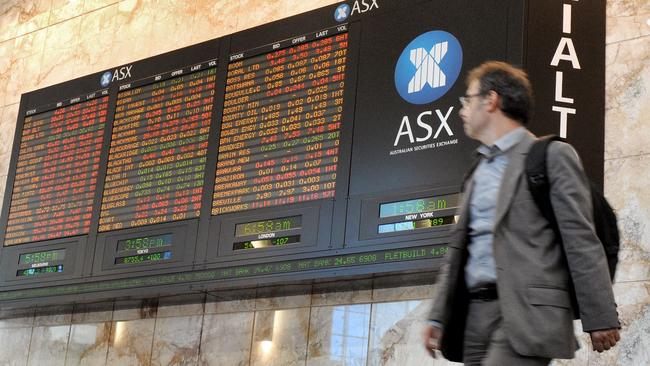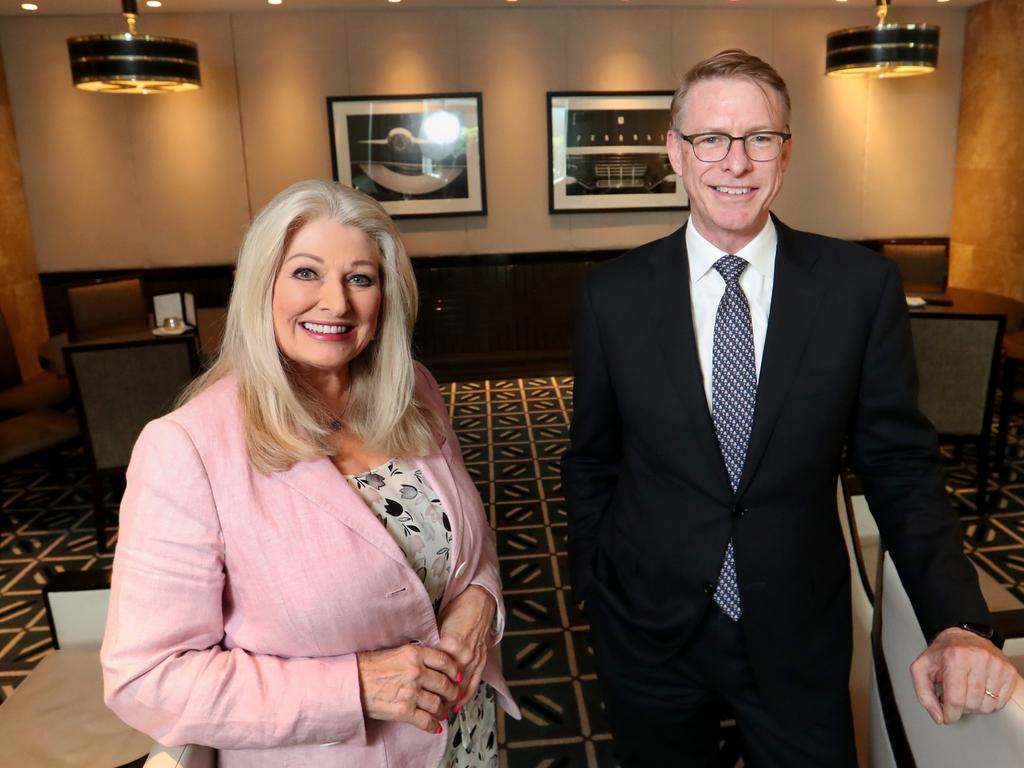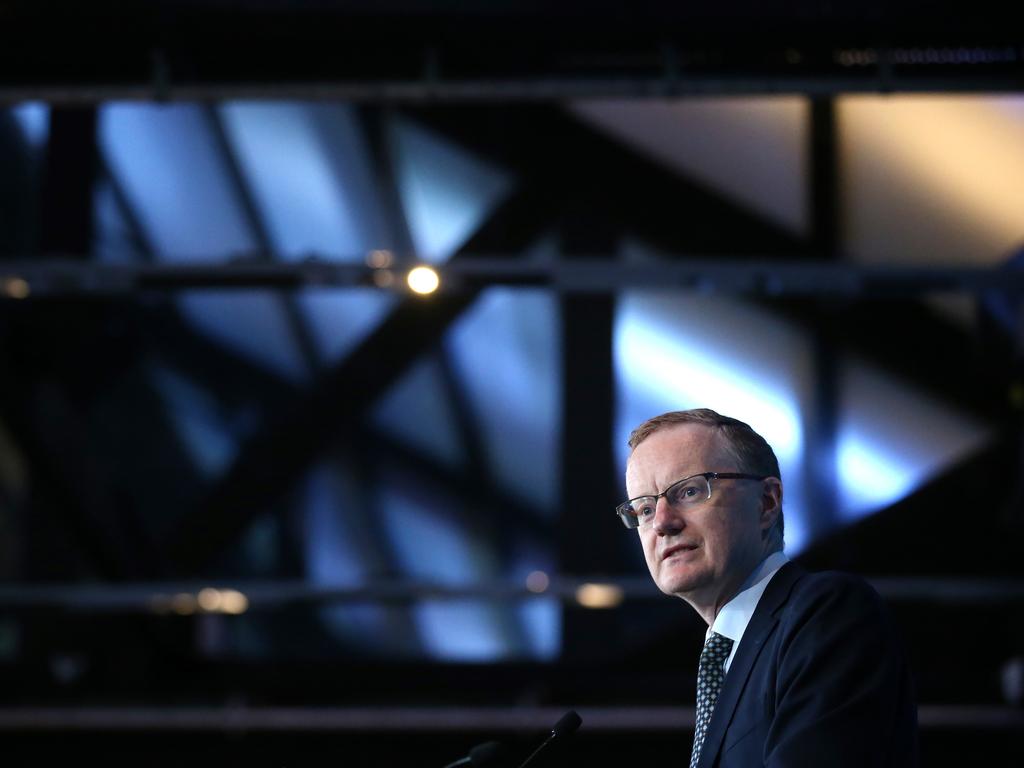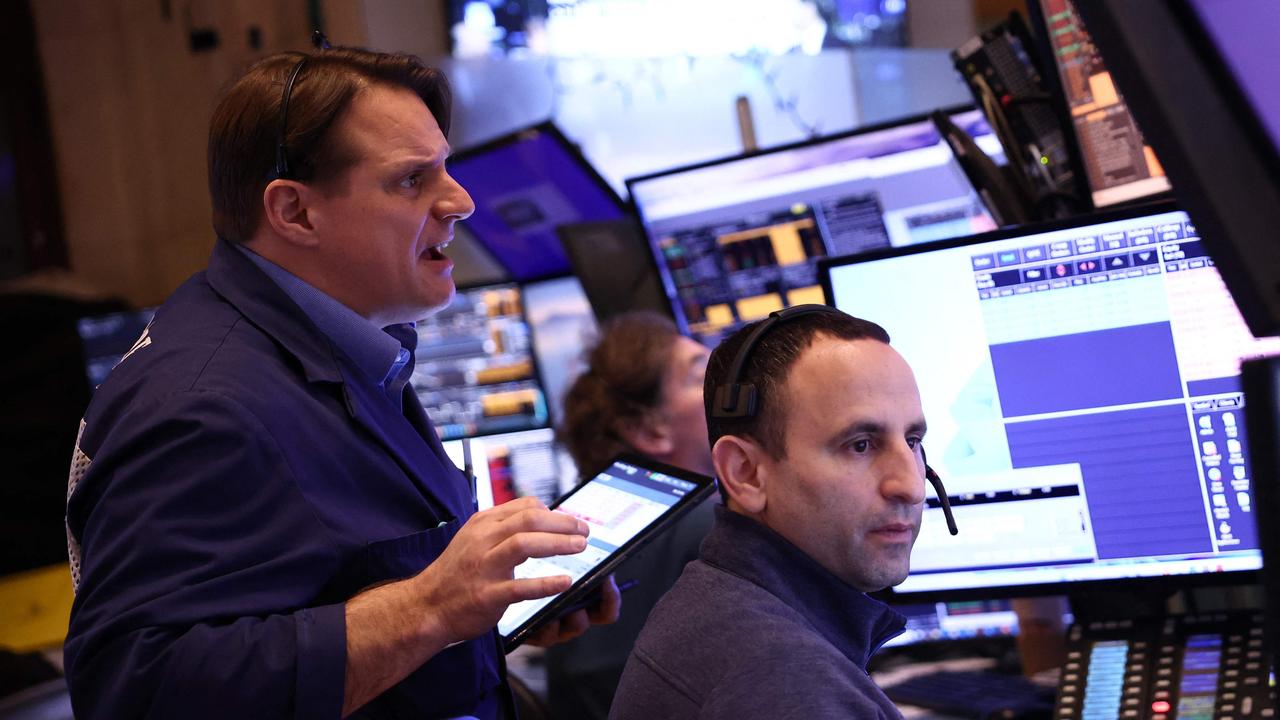
Australian shares have had a great start to the year, but reporting season is just around the corner.
After rising 18.4 per cent in 2019 — its best since 2009 — local market has surged 6.1 per cent this year, marking its best year-to-date rise since 1983. The S&P/ASX 200 index hit an highest of 7144.9 on Wednesday before ending the week at 7090.5, up 0.4 per cent.
However, while the rise in share prices has been unstoppable, it has been entirely due to higher valuations caused by record low interest rates and expectations of further easing in monetary policy.
With many economists now expecting a delay in further rate cuts and valuations near record highs, the market could be vulnerable to a pullback, particularly if earnings disappoint.
While the ASX 200 has risen since the last reporting season in August, the consensus estimate for earnings per share has fallen sharply, such that the price-earnings multiple of the index hit a record around 18.3 times this week versus norms around 14.5 times.
“Where the S&P/ASX 200 is in a league of its own is ex-financials and materials,” says JPMorgan head of research Jason Todd.
“On that basis, we have the dubious honour of being the world’s most expensive market — by a considerable margin.
“While the forward multiple is less stretched when stripping out our two highest multiple sectors — healthcare & IT — the index is still trading at a 5.8 per cent premium to the MSCI Developed World index.”
The surge in share prices came as central banks slashed interest rates to combat a slowdown exacerbated by the US-China trade war, making shares a more attractive alternative than cash or bonds.
But a fall in share prices after stronger-than-expected labour force data this week showed that record-high PE ratios will be hard to sustain without further cuts in interest rates.
The unemployment rate for December unexpectedly fell to 5.1 per cent, sending the market-implied chance of another rate cut in February down to 17 per cent from 62 per cent before the data.
While unemployment remains well above the 4.5 per cent rate which the RBA believes is necessary to achieve its inflation target, and December quarter inflation data next Wednesday could tip the balance, Westpac chief economist Bill Evans says the next rate cut will be delayed until April.
Combined with a worsening coronavirus outbreak that led China to indefinitely quarantine about 25 million people in eight cities this week, the change in interest rate expectations triggered a 0.6 per cent fall in the ASX 200 on Wednesday, its biggest fall so far this year.
While the key driver of the sharemarket rally — expectations of an extended period of low rates — remains intact, strategists say the high valuation of the market leaves it vulnerable.
“We can appreciate the boost to valuations that structurally lower interest rates bring, but at current levels we view valuations as demanding an upgrade cycle to emerge and this is something we see as still some way off,” says Morgan Stanley equity strategist, Chris Nicol.
“The everlasting rise of the PE multiple for the market — now at 18.2 times — and its components leave the ASX 200 open to some degree of correction should the earnings mark miss.
“We do expect a trough in the earnings cycle to emerge later this calendar year. However, (we) would prefer to negotiate near- term results weakness before calling any sustained uplift for market EPS growth.”
Banks, consumer and housing linked all present risk to expectations and while the lower exchange rate will assist offshore income earners, Nicol feels this is already “embedded in expectations”.
He also expects the outlook for domestically exposed companies to be subdued by the bushfire crisis and a long-lasting drought — given the breadth of impact and the potential for a longer-lasting hit to consumer confidence — “suggesting that the aggregate EPS growth pulse will weaken further from here for fiscal 2020”.
But while holding similar concerns about the profits season, Morgans Financial strategists Andrew Tang and Tom Sartor say shares may “weather another uninspiring profit season”.
They cautioned that results are “far more likely to generate downside rather than upside price risk” this February and aggregate market earnings growth will erode into negative territory for fiscal 2020.
“This will likely test the nerve of record valuations ex-resources trading at 19.3 times 12-month forward price-to-earnings versus the 10-year average of 14.4 times,” they say.
The results season will “crystallise further erosion of profit expectations” and negative profit growth will make comparisons with multi-decade-high industrials valuations “even harder to rationalise”.
“Starting from a very high valuation base suggests the market is more vulnerable to shocks in the year ahead,” they say.
But while this is a “plausible trigger for a market correction” they note that “the market has a recent history of looking through earnings disappointment”.
While expecting “underwhelming” results, they said: “We can argue that the outlook for record low interest rates, which is linked to a cyclical recovery in the domestic economy and to inflation expectations are ultimately more important drivers than softer earnings seasons in the interim. Given persistently low wages and low unemployment, the risks to the market posed by higher inflation and higher rates still appears some way off.”
Importantly, key portfolio stocks including CBA, Telstra, Transurban and Sydney Airports are expected to deliver robust results, according to the Morgans strategists. “Notable tactical buys” include BHP and Rio for capital management upside, Telstra for structural recovery, Aurizon for buybacks and Baby Bunting for earnings upside.
Drought and bushfires are expected to see further negative updates in retail, agriculture and travel. But strong iron ore prices, a lack of capex commitments and healthy balance sheets have combined to see BHP and Rio with sizeable ammunition to lift their dividend payout ratios and/or pursue buybacks.
A turnaround in the global growth outlook is expected to feature in the results, helping internationally-focused companies like Ansell, Amcor, Santos and Woodside.







